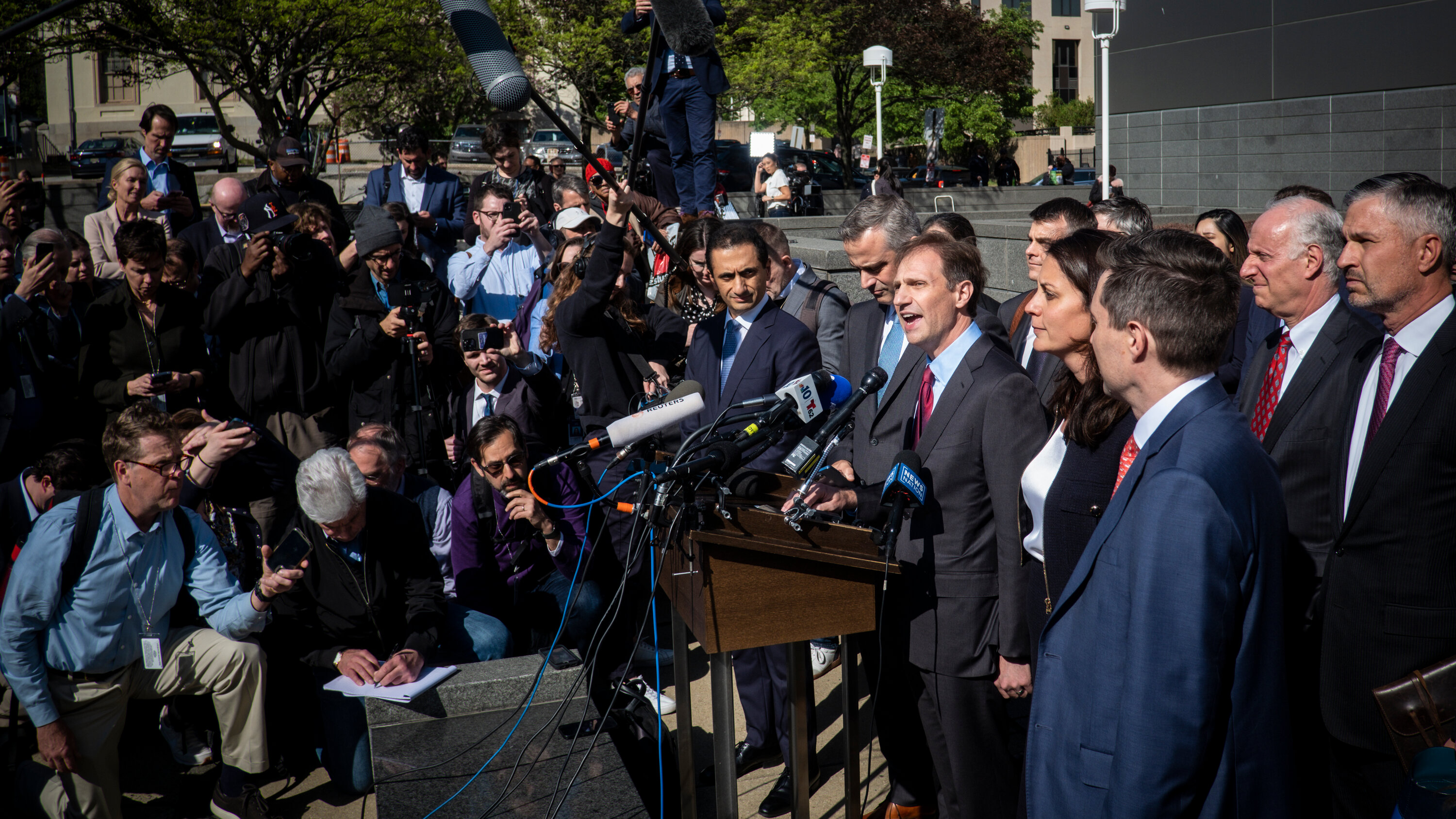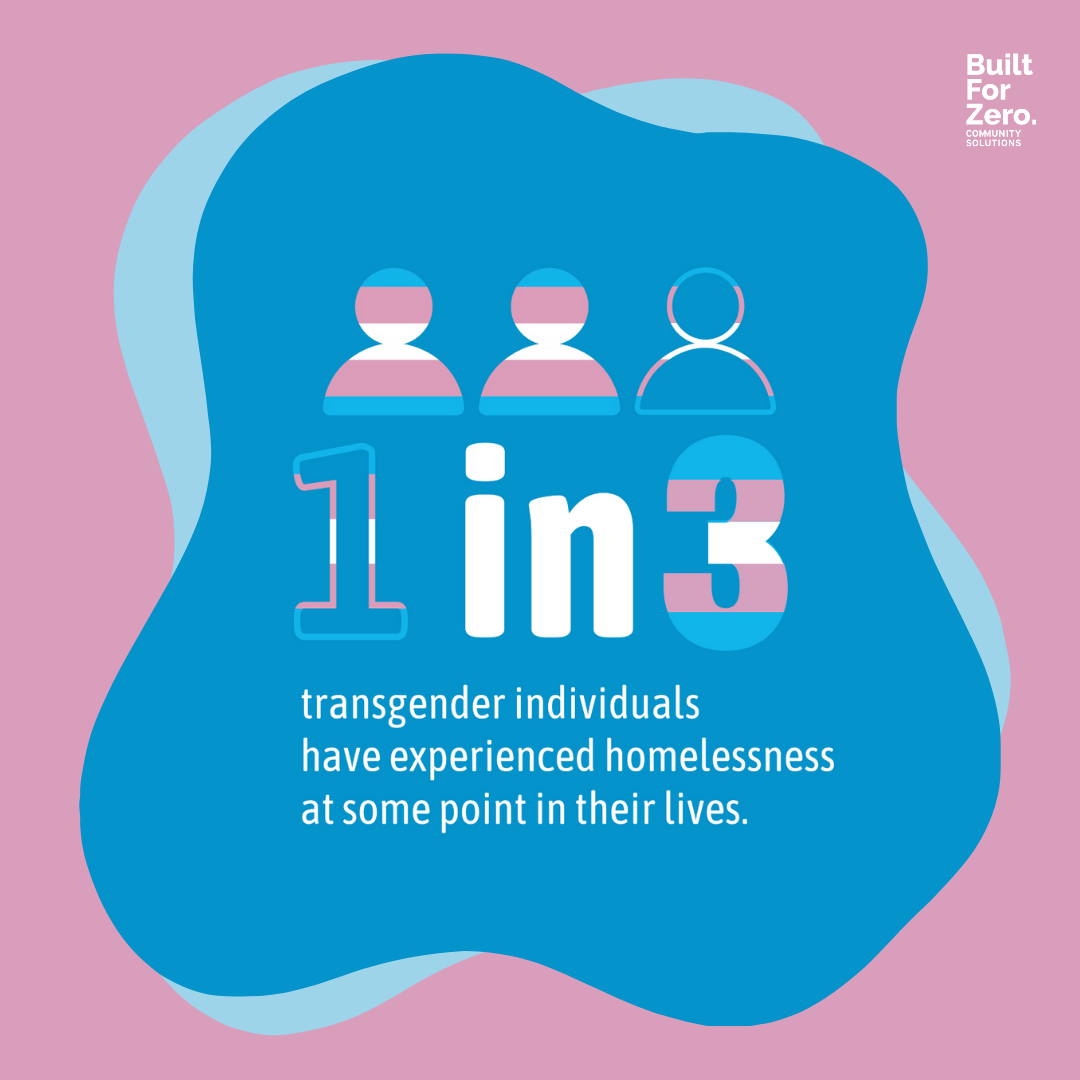The Implications Of Trump's Transgender Military Ban: A Clear Perspective

Table of Contents
Legal Challenges and Court Battles Surrounding Trump's Transgender Military Ban
The Initial Executive Order and Subsequent Litigation
The initial executive order, issued in July 2017, barred transgender individuals from serving in the military, citing concerns about cost and readiness. This immediately sparked widespread condemnation and numerous lawsuits, challenging the order's constitutionality. The legal arguments centered on violations of equal protection and due process under the Fifth Amendment. The Department of Justice under the Trump administration actively defended the ban, while numerous organizations and individuals filed legal challenges, arguing that the ban discriminated against transgender individuals based on their gender identity.
- Key Supreme Court cases and lower court rulings: While the Supreme Court did not directly rule on the constitutionality of the ban itself, lower courts issued conflicting decisions, with some upholding temporary injunctions against the ban and others allowing it to proceed. The legal wrangling continued for years, creating uncertainty and hardship for transgender service members.
- Arguments based on equal protection and due process: Plaintiffs argued that the ban violated the principle of equal protection by discriminating against transgender individuals based on their gender identity, a protected characteristic under various legal frameworks. They also argued that the ban violated due process rights by arbitrarily denying transgender individuals the opportunity to serve their country.
- The role of the Department of Justice under different administrations: The Department of Justice's stance on the ban shifted dramatically with the change in administration. Under the Trump administration, it defended the ban, while the Biden administration swiftly reversed course, arguing for the inclusion of transgender individuals in the military.
The Impact on Transgender Service Members and Recruitment
Loss of Qualified Personnel
Trump's transgender military ban resulted in the loss of numerous qualified and dedicated service members. While precise figures are difficult to obtain, anecdotal evidence and reports suggest a significant number of transgender individuals were either discharged or prevented from enlisting, leading to a loss of valuable skills and experience.
Recruitment and Retention Challenges
The ban created significant challenges in both recruitment and retention. Potential recruits, both transgender and cisgender, were deterred by the discriminatory policy, impacting the military’s ability to attract top talent. Existing service members, particularly those who identified as transgender, faced uncertainty and fear, impacting morale and potentially leading to early departures.
- Personal stories (anonymized): Many transgender service members shared stories of the emotional toll of the ban, describing feelings of betrayal, fear, and uncertainty about their futures. These narratives highlighted the deeply personal impact of the policy.
- Impact on military readiness and morale: The ban negatively impacted military readiness by reducing the pool of qualified personnel and undermining morale among service members.
- Economic consequences of losing skilled personnel: Losing trained and experienced personnel carries a significant economic cost, including the expense of training replacements and the loss of expertise.
Social and Political Fallout of Trump's Transgender Military Ban
Public Opinion and Shifting Attitudes
Public opinion on the transgender military ban was sharply divided. While support for the ban was higher among certain segments of the population, opposition was strong amongst LGBTQ+ rights advocates and many others who saw it as discriminatory. Over time, public opinion polls indicated a gradual shift towards greater acceptance of transgender individuals in the military.
Political Ramifications and the 2020 Election
Trump's transgender military ban became a significant political issue, playing a role in the 2020 election. The policy galvanized support among LGBTQ+ rights advocates and fueled opposition from those who opposed the administration's stance.
- Key political figures and their stances on the issue: The ban drew strong reactions from political figures on both sides of the aisle, highlighting the deeply divisive nature of the policy.
- Impact on LGBTQ+ rights advocacy: The ban served as a catalyst for increased activism and advocacy efforts concerning LGBTQ+ rights, galvanizing support for broader inclusion and equality.
- Legislative efforts to overturn or modify the ban: Numerous legislative efforts were made to overturn or modify the ban, reflecting the ongoing debate and legal challenges.
The Biden Administration's Reversal and its Implications
Executive Order Reversing the Ban
Upon taking office, President Biden issued an executive order reversing Trump's transgender military ban. This marked a significant shift in policy, signaling a commitment to inclusivity and equal opportunity within the armed forces.
Long-term Effects of the Ban and its Reversal
The long-term effects of the ban and its subsequent reversal are still unfolding. While the reversal aims to rectify the harms caused, the full impact on military morale, recruitment, and the overall image of the armed forces remains to be seen.
- Process of reinstatement for affected service members: The reinstatement process for transgender service members who were discharged or prevented from enlisting under the ban presented logistical and bureaucratic challenges.
- Challenges in fully repairing the damage caused by the ban: The ban left lasting scars, impacting trust and morale. Repairing the damage requires sustained commitment to inclusivity and equality.
- Future of transgender inclusion in the military: The reversal of the ban is a step towards greater inclusion, but ongoing efforts are needed to ensure a truly welcoming and equitable environment for transgender service members.
Conclusion
Trump's Transgender Military Ban had significant and far-reaching consequences. The legal battles surrounding the ban, the impact on transgender service members, and the broader social and political ramifications highlighted the deep divisions within society regarding LGBTQ+ rights and military service. The Biden administration's reversal of the ban represents a move toward greater inclusion, but the long-term effects are still being assessed. Understanding the implications of Trump's transgender military ban is crucial to ensuring a more inclusive and equitable future for all service members. Continue researching the topic and advocate for policies that support transgender rights and equal opportunity in the military.

Featured Posts
-
 Ray Epps V Fox News A Deep Dive Into The Defamation Lawsuit And Jan 6th Allegations
May 10, 2025
Ray Epps V Fox News A Deep Dive Into The Defamation Lawsuit And Jan 6th Allegations
May 10, 2025 -
 Is A Real Safe Bet Even Possible Finding Security In Uncertain Times
May 10, 2025
Is A Real Safe Bet Even Possible Finding Security In Uncertain Times
May 10, 2025 -
 Elon Musks Net Worth Falls Below 300 Billion Tesla Troubles And Tariff Impacts
May 10, 2025
Elon Musks Net Worth Falls Below 300 Billion Tesla Troubles And Tariff Impacts
May 10, 2025 -
 Nigel Farages Reform Party Action Beyond Complaints
May 10, 2025
Nigel Farages Reform Party Action Beyond Complaints
May 10, 2025 -
 International Transgender Day Of Visibility Three Steps Towards Meaningful Allyship
May 10, 2025
International Transgender Day Of Visibility Three Steps Towards Meaningful Allyship
May 10, 2025
